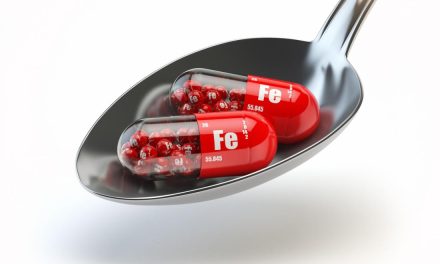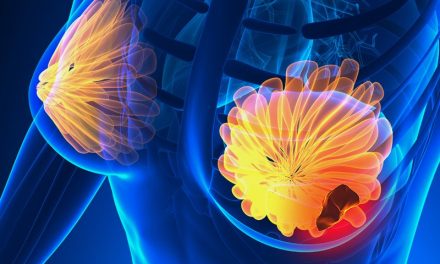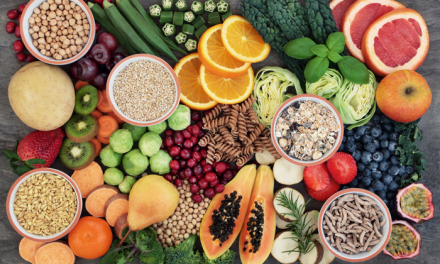Do you know how amino acids help muscle development?
Muscle growth
Hypertrophy is the process by which growth in the size of the muscles takes place. Every day you train to apply the general principles to create micro-breaks in your muscles, that is to say: using a certain weight, doing specific exercises that involve more muscle fibres, a total exercise load that initiates this stimulus, and so on; These factors constitute the stimulus for the beginning of the process.
[Are you interested in the subject but don’t have time to read? Don’t worry, then listen: Episode 029 – What foods are rich in protein with José Antonio]
There is an accumulation of blood during training, “muscle pumping,” or localized muscle hyperemia (so we call it scientifically).
It is precise because you feel like they will explode from that pump and hurt the next day after finishing an arm workout.
The body responds to this event, where you create a rupture (which can only be seen under a microscope) in those muscle fibres in your arms.
Suppose there is a sufficient rest period (days where you do not train arms again), as well as a quality diet with enough grams of quality protein in foods usually of animal origin. In that case, you will have the raw material for your body to repair itself, creating an increase in the thickness of those muscle protein bands very gradually.
Muscle growth will result from repeating the process of stimulating fibres with training, eating a diet with enough quality protein, in addition to carbohydrates at the best times to train and healthy fats to cover the functions that your body needs to get from these foods rich in fatty acids, rest and wait the necessary time for each time the muscle increased its size or diameter. [Also read The ABCs of a Training Plan (4 Secrets to Training)]
Have you ever wondered what the real key to increasing muscle mass is?
We have prepared a guide for you to solve all your doubts about muscle development and discover practical advice on nutrition and physical exercise.
How does muscle growth work?
You may have tried different types of training and noticed improvements in strength but no increase in muscle mass… so you’ve become unmotivated and maybe even thrown in the towel, right?
But, did you know that …?
When you start training for the first time (especially if you are a beginner), the increase in strength is due to better coordination and the nervous system's adaptation.
After the first 6-8 weeks, your body can do more repetitions, even if you don't physically look stronger. However, if you train consistently, your muscles will begin to adapt.
Muscles are made up of fibres that can be made thicker and more robust. After each workout, the body tries to repair muscle tissue.What is the best time to consume amino acids?
The time you consume them can also support muscle growth, since consuming at times coordinated explicitly with your workouts, you can increase this quality raw material (special bricks) in your blood by the time you train is called hyperaminoacidemia.
Then it can be theorized that:
To a pre or training drink made with these three branched-chain amino acids or, better yet, with the nine essential amino acids
simple carbohydrate like dextrose, or fast assimilating like waxy cornstarch
There is an increase in natural insulin that could favour and at the same time advance the anabolic process and slow down muscle catabolism, which is inevitable during training and stimulation of muscle fibres, but which must be minimized and limited so that the anabolism/catabolism ratio promotes muscle development.
This theory of consuming nutrients at specific times is not new; nine years ago, in the book “Nutrient Timing,” Dr. John Ivy and Dr. Robert Portman published the results of the work of some decades ago; professional bodybuilding trainer Milos Sarcev together with a specific training system helps to precisely using only the amino acids and nutrients necessary to increase muscle mass and recovery time a little faster between gym sessions.
The Future of supplements to increase muscle mass
In some comprehensive plans of my clients, I have suggested that they use branched-chain amino acids or BCAAs (leucine, isoleucine and valine) or the nine essential or indispensable amino acids the 3 BCAAs plus another six that our body can NOT produce. But not only before, during or after training, but as part of your diet plan instead of protein powder or quality protein foods.





